Standards for municipal swimming pools
All establishments that welcome the public are faced with problems that can have more or less serious consequences. Indeed, welcoming the public in complete safety is a responsibility that they take on every day. Keeping passers-by safe and comfortable is therefore a major challenge.
NeoSol, your expert in floor coverings for ERP, explains why municipal swimming pools must comply with the nomes relating to floor humidity.
Municipal swimming pools: an ERP at risk
As part of the category of establishments open to the public, municipal swimming pools are high-risk facilities. In fact, public swimming pools are required to comply with hygiene and safety protocols and standards. In this humid environment, it's essential to ensure the continuous cleanliness of changing rooms, showers, pools and floors, in order to protect the health of visitors. That's why knowing the different standards associated with public swimming pools will enable you to put in place collective measures to guarantee the safety of the elderly, adults, children, people with reduced mobility and staff.
Standards to be respected
Municipal swimming pools are category X establishments in the ERP classification, i.e. they are classified as wet environments such as saunas or nautical centers. Swimming pools are high-risk establishments, as they can lead to serious accidents due to slippery floors and to the proliferation of bacteria, which can lead to microbiological risks. That's why it's imperative to comply with the standards applicable to community pools.
First and foremost, public pools are required to post documents that can be consulted by passers-by at any time. These official documents provide information on health and safety at the facility, as well as the rules to be observed. You can consult the following documents:
- internal regulations ,
- an evacuation plan,
- a surveillance and rescue organization plan: the POSS governed by articles D322-16, A322-12 to A322-17, appendix III-10 of the French Sports Code, decree of Sept. 14, 2004.
- instructions to be followed in pools, showers and changing rooms,
- type of clothing authorized for swimming,
- authorized and non-authorized objects,
- instructions for keeping common areas clean.
There's also a French standard established in 2005 that deals with slippery floors. Thisis standard XP P 05-011, which defines the adherence of floors in swimming pools. Swimmers walk from the changing rooms to the pool barefoot, in constant contact with damp or stagnant water. The installation of collective protection measures such as flooring is designed to prevent slips and falls.
What solutions need to be put in place?
In accordance with the XP P 05-011 standard, it is essential to provide suitable solutions for slippery floors. Professional floor mats are available to reduce the risk of falls and prevent the formation of bacteria. These mats have been specially designed for wet areas such as pool exits, toilets and changing rooms, and for soapy areas such as showers. This professional floor covering complies perfectly with the standard regulations, as it is slip-resistant and has an antibacterial treatment.
Here are the different mats you can install in your municipal pools:
- Anti-slip, anti-bacterial grating.
- Anti-slip matting in a transverse wave pattern that drains water more easily.
- Hygienic matting for wet environments. Ideal for corridors linking one area to another.
- Floor tilefor showers or changing rooms.
Anti-slip adhesive is another effective solution for securing floors. This protective equipment comes in the form of wide strips that can be placed over high-risk areas. Easy to apply and remove, these adhesive strips are highly resistant to water, reducing the risk of falls by passers-by.
NEED ADVICE?
Contact Solène
![Fire classification, UPEC and ISO 10874 standards Fire classification, UPEC and ISO 10874 standards]() Fire classification, UPEC and ISO 10874 standardsFire rating and quality standards should be one of the main criteria to consider before buying professional flooring. Find out why with NEOSOL.Read More
Fire classification, UPEC and ISO 10874 standardsFire rating and quality standards should be one of the main criteria to consider before buying professional flooring. Find out why with NEOSOL.Read More![Static electricity risks and solutions Static electricity risks and solutions]() Static electricity risks and solutionsHow dangerous is static electricity for employees? How do industries reduce the risks associated with electrostatic discharge?Read More
Static electricity risks and solutionsHow dangerous is static electricity for employees? How do industries reduce the risks associated with electrostatic discharge?Read More![Professional mats: how to care for them? Professional mats: how to care for them?]() Professional mats: how to care for them?Professional mat maintenance is essential to maintain the longevity of your mat and the safety of passers-by. NEOSOL, the flooring expert, reveals its different maintenance methods.Read More
Professional mats: how to care for them?Professional mat maintenance is essential to maintain the longevity of your mat and the safety of passers-by. NEOSOL, the flooring expert, reveals its different maintenance methods.Read More![Accessibility and ERP: how do I know if I'm in compliance? Accessibility and ERP: how do I know if I'm in compliance?]() Accessibility and ERP: how do I know if I'm in compliance?Accessibility must be a priority for every ERP. But you still need to know if you're in compliance. To help you, NeoSol, the professional flooring specialist, tells you more.Read More
Accessibility and ERP: how do I know if I'm in compliance?Accessibility must be a priority for every ERP. But you still need to know if you're in compliance. To help you, NeoSol, the professional flooring specialist, tells you more.Read More
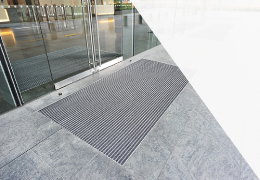
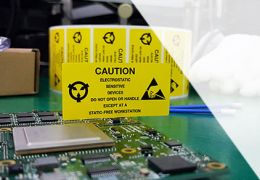
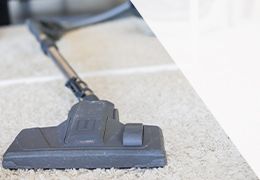

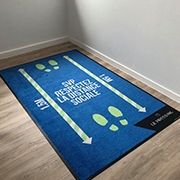
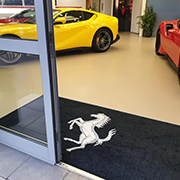
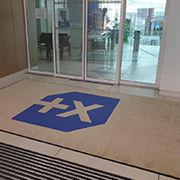
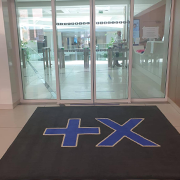
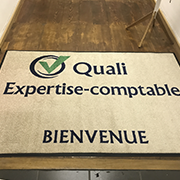
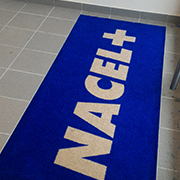
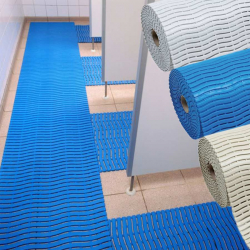
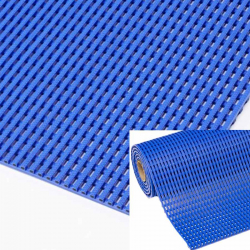
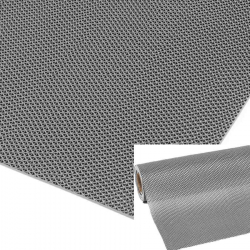
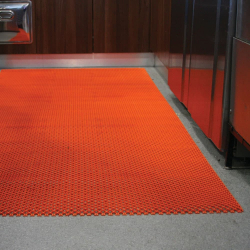
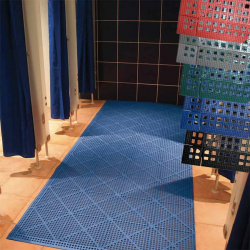
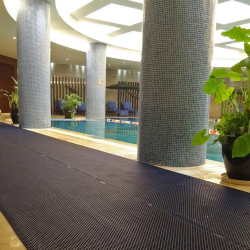
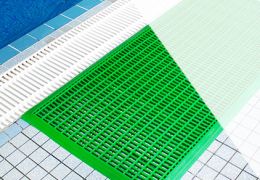
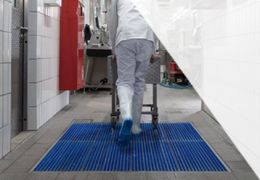
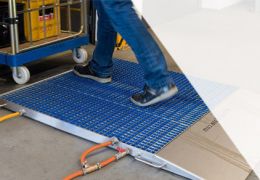
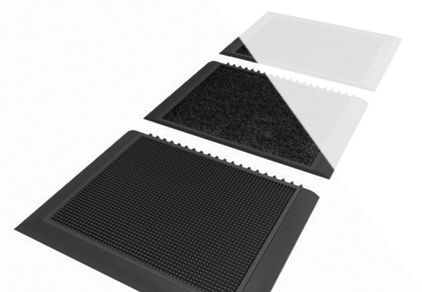
Leave a comment